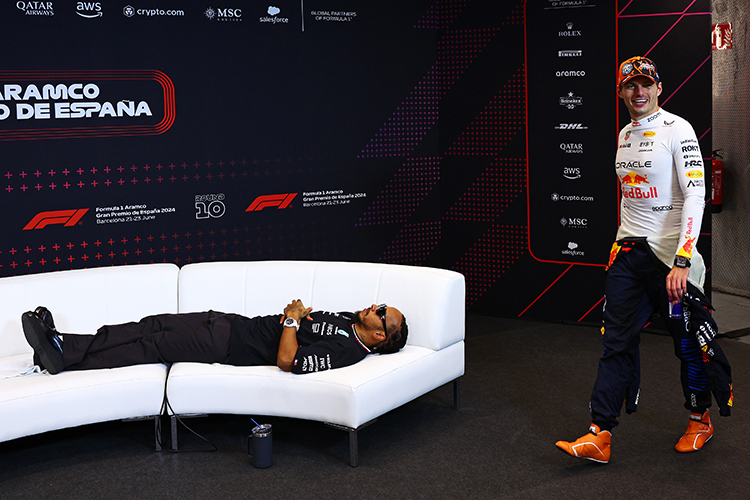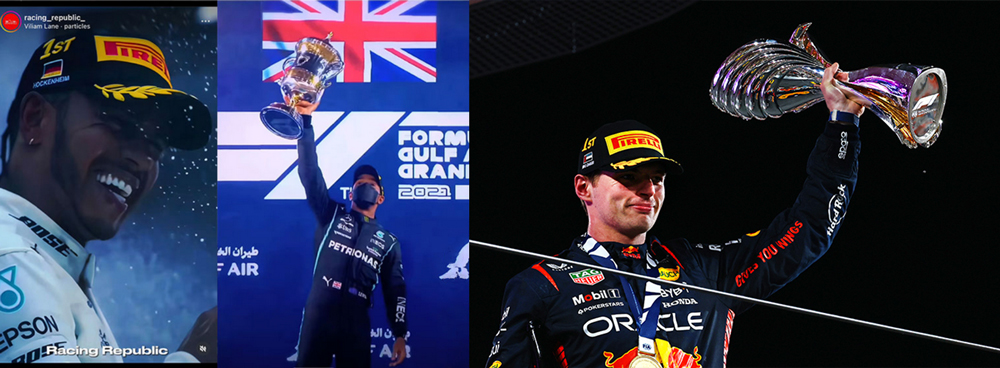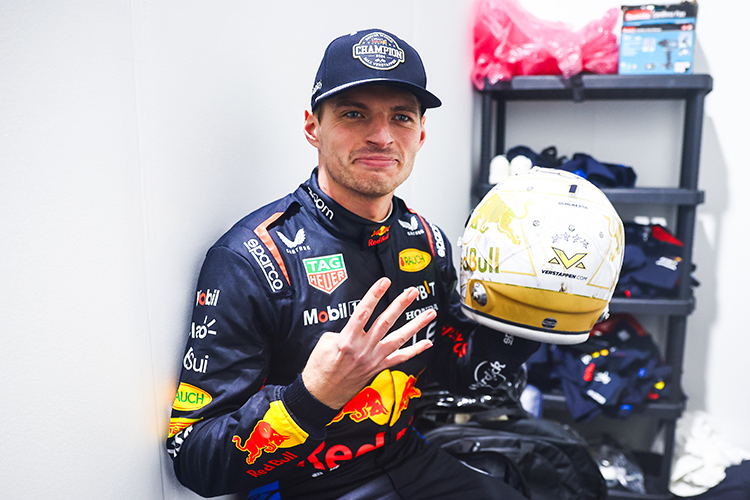What Is the F1 “Crashgate” Scandal? The 2008 Singapore Grand Prix Controversy Explained
F1 Crashgate explained: how Renault ordered Piquet Jr. to crash at the 2008 Singapore GP, triggering a Safety Car, handing Alonso the win and FIA sanctions.
Key takeaways
- Crashgate refers to Renault ordering Nelson Piquet Jr. to crash deliberately at the 2008 Singapore Grand Prix to trigger a Safety Car and help teammate Fernando Alonso win.
- The plan worked: Alonso, fueled for an early stop, pitted just before the crash and cycled to the front when rivals were penalized or delayed under Safety Car rules.
- The scandal emerged in 2009 after Piquet Jr. was dropped by Renault and told the FIA he’d been instructed to crash.
- Renault did not contest the charges. Flavio Briatore was banned indefinitely (later overturned and commuted), Pat Symonds was banned for five years (also later reduced), and the team received a suspended two‑year disqualification.
- Alonso kept the victory and was cleared of any involvement. The race had major implications for the 2008 title fight.
Setting the scene: F1’s first night race
Singapore 2008 had everything going for it: a dazzling first-ever night race, a brand-new street circuit, and a tight championship fight between Ferrari’s Felipe Massa and McLaren’s Lewis Hamilton. Fernando Alonso’s Renault, meanwhile, wasn’t a front-runner. A fuel system issue in qualifying left Alonso 15th on the grid. Renault opted for a bold, light-fuel strategy to pit him very early—then hoped for a Safety Car to flip the race on its head.
How the plan worked
- The rules backdrop: In 2008, when a Safety Car was deployed, the pit lane initially closed. Drivers who were low on fuel and pitted anyway typically received penalties, distorting the order once the race went green again.
- Renault’s strategy: Start Alonso light on fuel so he could pit early and be free to stay out when a Safety Car arrived.
- The crash: On lap 14, Nelson Piquet Jr. hit the wall at Turn 17—an awkward spot with limited recovery options—triggering exactly the Safety Car the strategy needed. Alonso had just pitted a couple of laps earlier, so he didn’t need to stop again.
- The fallout on track: Many leaders were either trapped behind the Safety Car, forced into poor timing, or penalized for pitting while the lane was closed (notably Nico Rosberg and Robert Kubica). Chaos elevated Alonso into clean air. He drove impeccably to the flag and won from 15th—seemingly a masterstroke of opportunism.
At the time, it looked like a miraculous strategy call. One year later, the truth detonated.
The revelation: How Crashgate came to light
Renault dropped Piquet Jr. midway through the 2009 season. Soon after, he told the FIA that senior Renault figures had instructed him to crash deliberately in Singapore 2008 to trigger a Safety Car and benefit Alonso. The allegation was as stark as it gets in motorsport: a premeditated accident to manipulate a race result.
The investigation
- Telemetry and evidence: Investigators examined data and radio communications. Piquet Jr. testified under immunity. Media reports highlighted that the chosen crash location was likely to prompt a Safety Car and that telemetry pointed to unusual throttle behavior before the impact.
- The hearing: On September 21, 2009, the FIA’s World Motor Sport Council convened. Renault did not contest the charges.
The verdict and penalties
- Team: Renault F1 received a two-year suspended disqualification. Essentially, they would be thrown out if they committed a comparable offense within that period.
- Individuals: Team boss Flavio Briatore was handed an indefinite ban from FIA-sanctioned motorsport; engineering chief Pat Symonds received a five-year ban.
- Sponsors: The scandal torpedoed relationships—ING and Mutua Madrileña pulled their backing. Reputational damage to Renault was severe.
Subsequent legal twists
In early 2010, a French court annulled the FIA-imposed bans on Briatore and Symonds on procedural grounds. The FIA and the individuals later reached a settlement that effectively kept them away from F1 roles until 2013. Both ultimately returned to motorsport in various capacities.
What about Alonso?
Fernando Alonso kept the victory and was cleared of any involvement. The FIA found no evidence he knew of, requested, or participated in the plan. He executed the race that was put in front of him, and the win stands in the record books.
Why would a driver crash on purpose?
Piquet Jr. told the FIA he acted under pressure, feeling his seat was at risk and that instructions came from above. Whether through fear for his career, loyalty, or a combination of both, he made a decision that would define his F1 legacy. He later rebuilt his career outside F1, eventually becoming the inaugural Formula E champion in 2014–15.
Why that corner, why that lap?
Turn 17 in Singapore is a tight, unforgiving section bordered by walls—exactly where a crash would be difficult to clear quickly and likely to force a Safety Car. Triggering it shortly after Alonso’s early stop maximized the strategic swing. In that era, Safety Car timing could radically warp a race because the pit lane initially closed and because refueling strategies were finely balanced.
The race result and the title fight
The final podium: Alonso won, Nico Rosberg finished second, and Lewis Hamilton was third. Felipe Massa, who started on pole, saw his race ruined by a botched Ferrari pit stop under the Safety Car—the infamous fuel hose incident—leaving him pointless. In a championship that Hamilton won by a single point, Singapore 2008 became one of the season’s defining pivots and a lasting source of frustration for Massa and Ferrari supporters.
Did Crashgate change the rules?
- Safety Car procedures: For 2009, F1 revised how the Safety Car and pit lane closures worked, keeping the lane open but enforcing a “delta time” to prevent unsafe sprints to the pits. While those changes had been under consideration, Crashgate underscored the need to reduce safety-car-induced lotteries.
- Refueling: F1 banned in-race refueling from 2010. That decision wasn’t solely because of Crashgate, but removing refueling reduced the incentive to gamble everything on a Safety Car window.
Wider impact on F1
Crashgate sits alongside “Spygate” (McLaren’s 2007 industrial espionage case) as one of F1’s biggest integrity crises. But it was uniquely visceral because it involved a deliberate accident—crossing a line in a sport where safety is sacrosanct. The scandal:
- Eroded trust in team orders and ethics.
- Shaped how fans, media, and officials scrutinize strange strategy calls.
- Became a cautionary tale taught to young drivers and engineers about the non-negotiables of safety and sporting fairness.
Where are the key players now?
- Flavio Briatore: After the legal reversal and subsequent settlement, he remained around the wider motorsport and business worlds and later returned to advisory roles.
- Pat Symonds: Returned to the paddock, notably with Williams, and later served in senior technical roles shaping F1’s regulations.
- Nelson Piquet Jr.: Left F1, raced in multiple series, and won the first Formula E drivers’ title.
- Fernando Alonso: The record books still show Singapore 2008 as one of his most improbable wins.
Ongoing ripples
More than a decade later, Crashgate still echoes. In recent years, Felipe Massa has pursued legal avenues related to the 2008 championship, arguing that the handling of the scandal affected the title’s integrity. As of the latest public updates, that process remains a developing story, illustrating how deep the scars of Singapore 2008 run.
Frequently asked questions
- Why is it called “Crashgate”? The “-gate” suffix is borrowed from Watergate and used for major sporting scandals. This one centered on a deliberate crash—hence “Crashgate.”
- What lap did the crash happen? Lap 14.
- Was the win taken away from Alonso? No. He was cleared of any involvement and kept the victory.
- Is this the only time something like this has happened? It is the only publicly proven case in F1 of a team ordering a deliberate crash to influence a race.
- Did Renault keep racing after this? Yes, but with heavy reputational damage, sponsor loss, and leadership changes. The team’s lineage later evolved into today’s Alpine F1 Team.
The bottom line
Crashgate was F1’s darkest kind of plot twist: a staged accident in a sport defined by speed and risk. It turned a brilliant-looking strategic coup into a scandal that reshaped careers, rattled a championship, and left a permanent asterisk next to one of the most memorable nights in Grand Prix history.
Up Next



